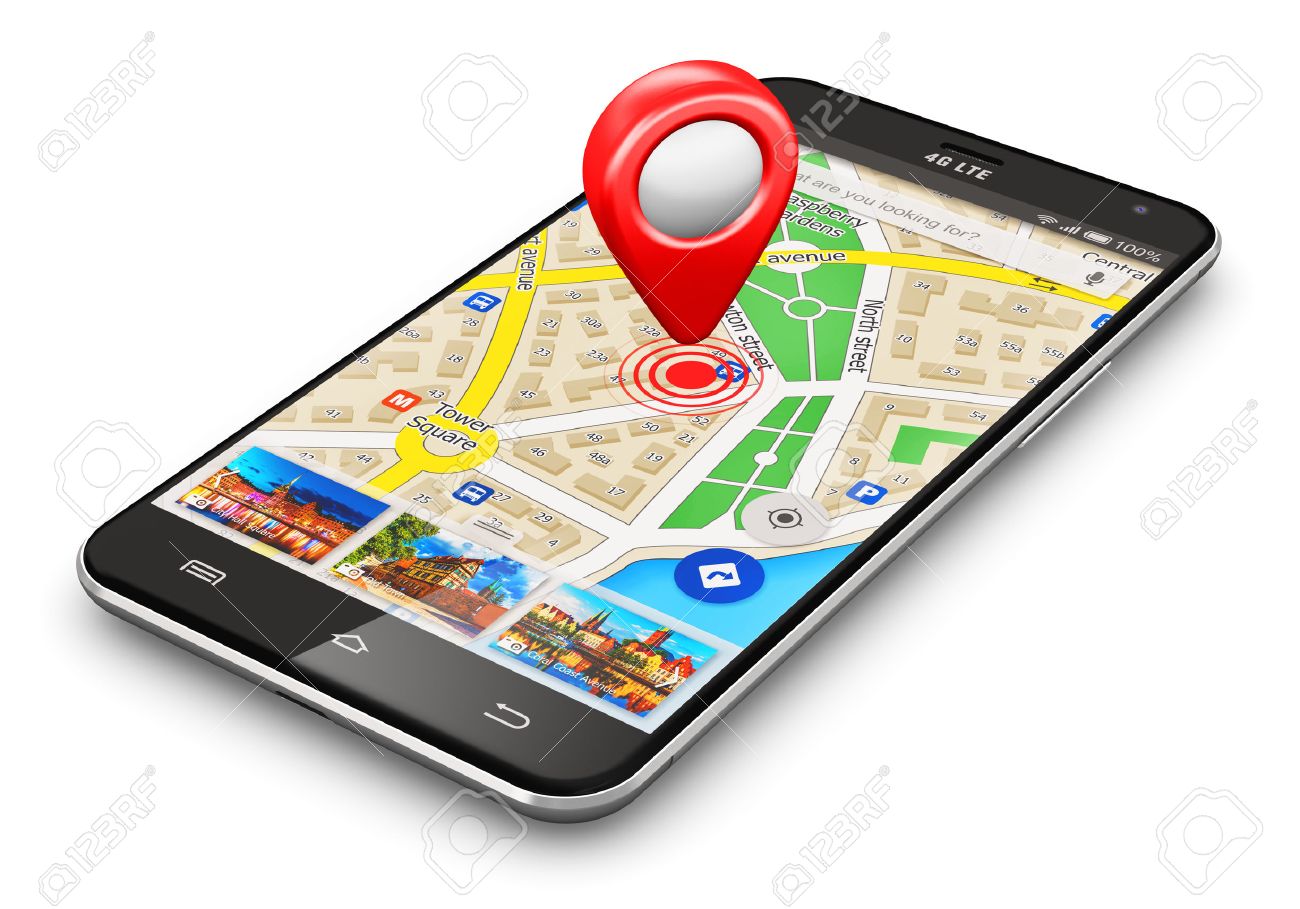GPS interfacing with Arduino

Applications
